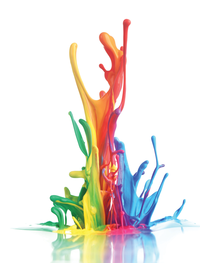Bedazzled
With a few tools, you can adjust the Ubuntu Unity desktop exactly to your liking.
|

ssilver, 123RF
With a few tools, you can adjust the Ubuntu Unity desktop exactly to your liking.
The ability to customize the desktop of a Linux system is one of the incentives for using open source software – be it Unity [1] in Ubuntu, Xfce [2], or the Gnome Desktop [3]. As a user, you can select which interface you want to use and change numerous settings within it.
The following tutorial looks at your options in Ubuntu 16.04 (although I also touch upon configurations for earlier versions) and at settings for the Unity desktop. Additional tools that integrate seamlessly into the system help you customize the desktop.
The settings, of course, also apply to other distributions. Using the additional tools, you can customize almost all the graphical settings of the desktop, integrating additional themes, launchers for programs, and more. In many cases, utilities help you to improve your experience.
[...]
Pages: 4
Lack of direct access to advanced settings can make Ubuntu less customizable; we look at three tools that can help you tweak those settings.
Ubuntu has turned the desktop inside out with Unity 8. However, Unity 8's new concepts do not always impress in their current state.
© 2026 Linux New Media USA, LLC – Legal Notice